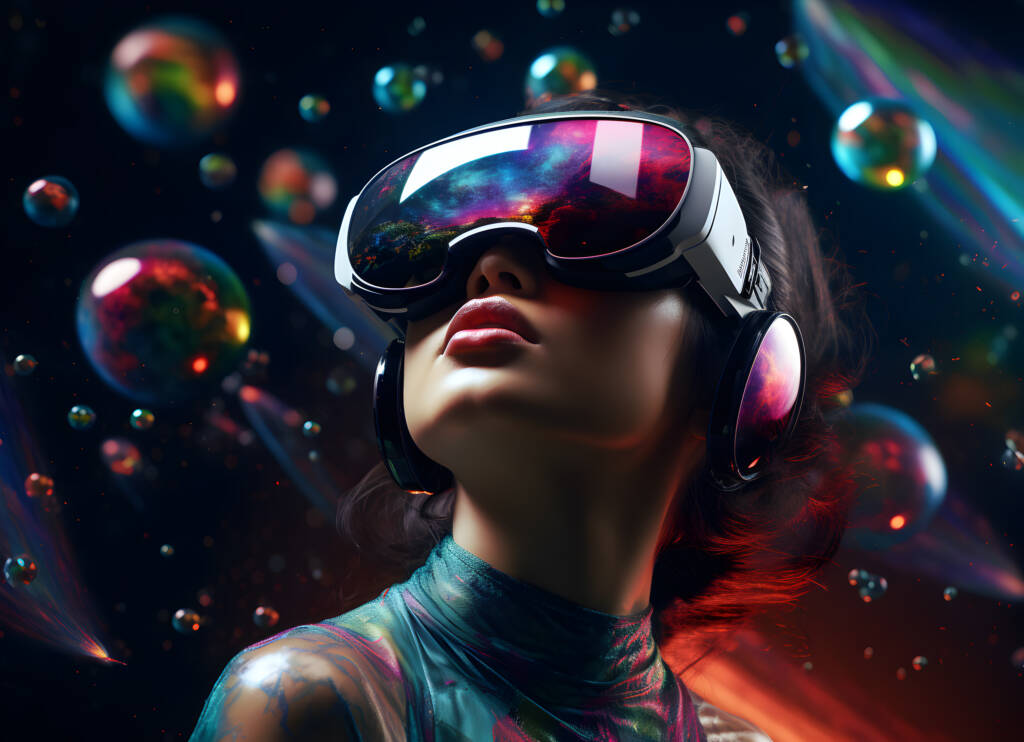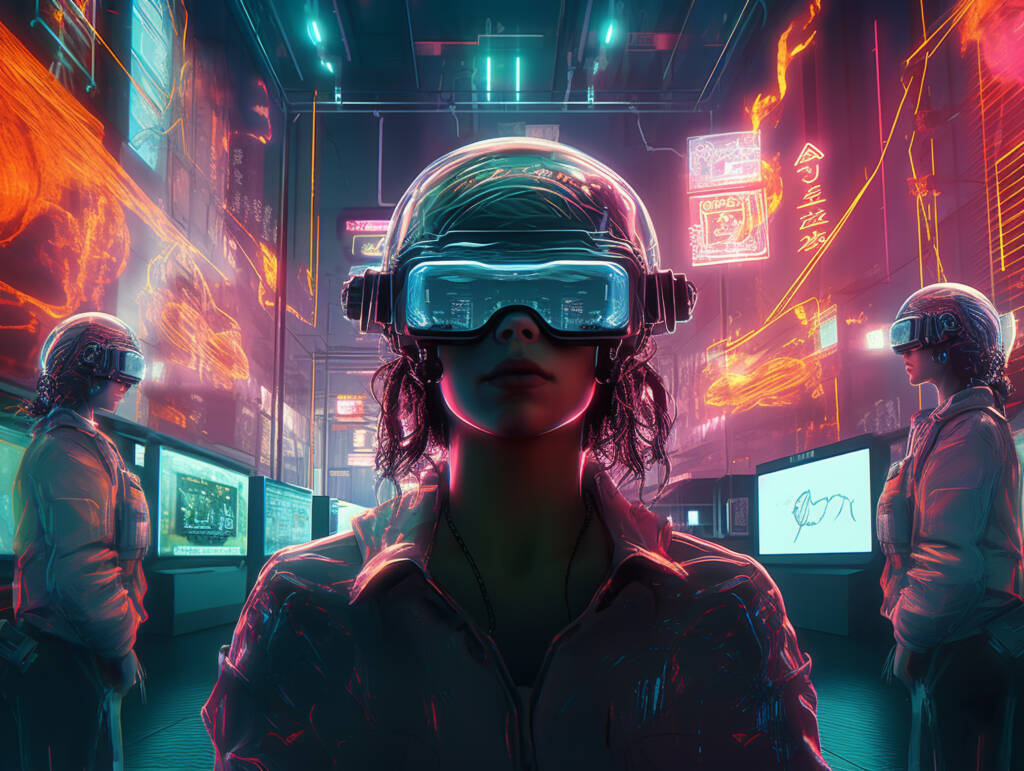Early Beginnings
The concept of virtual reality (VR) has intrigued scientists and dreamers for decades, long before the technology itself was feasible. The first significant step toward VR was made in the mid-20th century. In 1962, Morton Heilig, a cinematographer, invented the Sensorama, a machine designed to provide an immersive experience through 3D visuals, sound, and even scent. Although not interactive, Sensorama was a pioneering attempt at creating a simulated reality.
The 1960s and 1970s: Foundations of VR
In 1968, Ivan Sutherland and his student Bob Sproull developed the first head-mounted display (HMD) system, known as “The Sword of Damocles.” This device, though primitive by today’s standards, was a groundbreaking innovation that superimposed simple computer-generated graphics over the real world. The bulky setup required suspension from the ceiling, but it marked the beginning of VR technology as we know it.
During the 1970s, the term “virtual reality” was not yet in use, but significant progress was made in related fields. Computer scientist Myron Krueger created “Videoplace,” an artificial reality lab where users could interact with virtual objects and each other in a responsive environment. His work laid the groundwork for future developments in human-computer interaction.


The 1980s: VR Gains Momentum
The 1980s saw the emergence of VR as a distinct field of research and development. Jaron Lanier, often credited with popularizing the term “virtual reality,” founded VPL Research in 1985, one of the first companies to sell VR products. Lanier and his team developed a range of VR gear, including the DataGlove and the EyePhone HMD, which allowed users to interact with and navigate virtual environments.
Simultaneously, NASA’s Ames Research Center began experimenting with VR technology for space training and simulations. Their work with the Virtual Interface Environment Workstation (VIEW) aimed to enhance astronaut training by creating realistic simulations of space missions.
The 1990s: Commercial Ventures and Setbacks
The 1990s were a pivotal decade for VR, characterized by both excitement and disappointment. Early VR systems began to enter the consumer market, but high costs and technical limitations hindered widespread adoption. Companies like Sega and Nintendo ventured into the VR space with products like the Sega VR and the Nintendo Virtual Boy, but these products failed to gain traction due to poor performance and user discomfort.
Despite these setbacks, VR technology continued to advance in professional and academic settings. The Defense Advanced Research Projects Agency (DARPA) funded numerous VR projects for military training and simulation. Meanwhile, universities and research institutions explored VR’s potential in fields such as medicine, architecture, and psychology.
The 2000s: Laying the Groundwork for Modern VR
The early 2000s saw steady progress in VR technology, although mainstream success remained elusive. Advances in computer graphics, processing power, and display technology set the stage for a VR renaissance. Researchers focused on improving the immersive experience by developing better tracking systems and more realistic graphics.
One notable development was the CAVE (Cave Automatic Virtual Environment), a room-sized VR environment where images were projected onto the walls, floor, and ceiling, creating a fully immersive experience. CAVE systems were used primarily in research and industry for data visualization and simulations.
The 2010s: The VR Renaissance
The 2010s marked a significant resurgence of interest in VR, driven by breakthroughs in technology and successful crowdfunding campaigns. In 2012, Palmer Luckey launched a Kickstarter campaign for the Oculus Rift, a next-generation VR headset that promised to deliver a high-quality, immersive experience at an affordable price. The campaign’s success reignited public and industry interest in VR.
In 2014, Facebook acquired Oculus VR for $2 billion, signaling a major investment in the future of VR. This acquisition spurred other tech giants, including Google, Sony, and HTC, to develop their own VR platforms. Sony’s PlayStation VR, HTC Vive, and Google’s Cardboard and Daydream platforms contributed to a rapidly growing VR ecosystem.
The 2020s and Beyond: VR in the Mainstream
As we move into the 2020s, VR technology continues to evolve, becoming more accessible and versatile. Improvements in hardware, such as lighter and more comfortable headsets, higher resolution displays, and advanced tracking systems, have enhanced the overall VR experience. Additionally, the development of standalone VR headsets, like the Oculus Quest, has removed many barriers to entry by eliminating the need for external computers or consoles.
VR applications have expanded beyond gaming and entertainment into areas such as education, healthcare, real estate, and remote collaboration. VR is being used for virtual tours, surgical training, therapy, architectural visualization, and much more.
Conclusion
The history of virtual reality is a testament to human imagination and the relentless pursuit of technological innovation. From its early conceptual stages to its current status as a transformative technology, VR has come a long way. As advancements continue, VR is poised to become an integral part of our daily lives, reshaping how we learn, work, play, and connect with each other. The future of VR holds limitless possibilities, promising to blur the lines between the virtual and the real world in ways we have only begun to explore.

